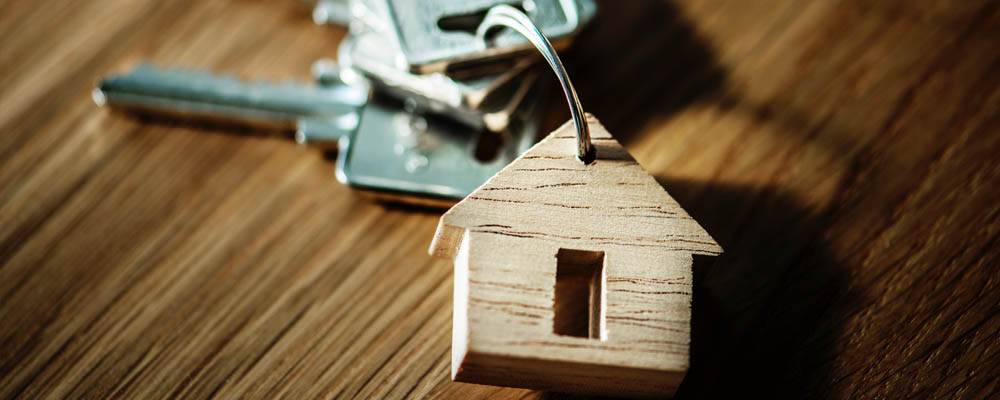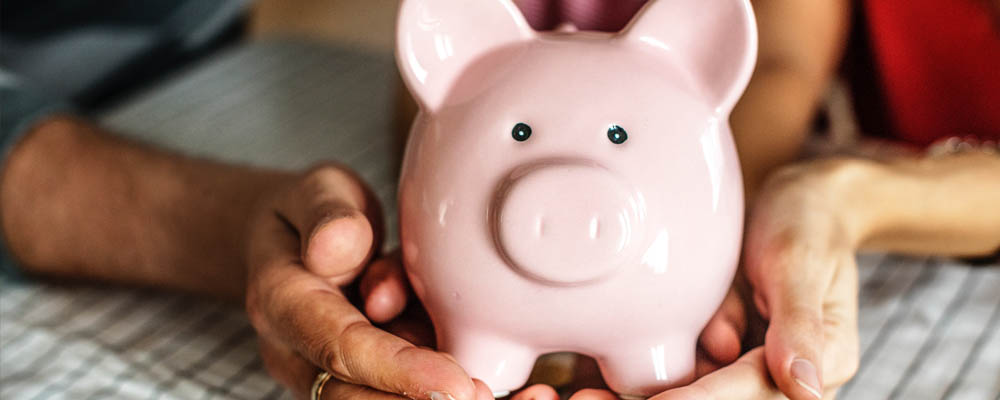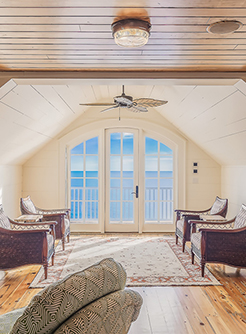
If you're planning on buying a home then you'll need to come up with the funds to purchase. For most people this means saving up a down payment then going to a lender and getting a loan for the remaining amount, known as a mortgage. But how much is required for a down payment? There have been a few changes in the requirements for down payments recently and its leaving some people confused. So let's clear the air and figure out how much you need.

Instead of simply requiring 5% minimum down payment, it is now split up into categories based on the purchase price of a home. Homes sold for $500,000 or less require 5% down. Homes over $500,000 and less than $999,999 require 10% on the portion over $500,000. and anything over $1 Million requires 20% on the portion over $1 Million.
Let's look at an example. Bob buys a house in Corner Brook for $600,000. His minimum down payment will be calculated as follows:
| 5% on the amount from $0 to $500,000 | = $25,000 |
| 10% on the amount from $500,000.01 to $600,000 | = $10,000 |
| ------- | |
| Bob's minimum down payment will be: | $35,000 |
If you already own one house and plan on buying a second house then the rules are a little different. It depends on who is going to be living in the second house. If you plan to live in the property or if a family member plans to live in the property on a rent-free basis then you may only need 5% to 20% down. However, if you plan on renting the house out and use it as an investment property then you will need to provide 20% down. This is because lenders are not able to get mortgage insurance on a second property that the homeowner or homeowner's family is not living in. We will explain mortgage insurance next.
Although there are two companies that offer mortgage insurance (CMHC and Genworth), you will generally hear people say "CMHC Mortgage Insurance." Before we go into what this is, let's go back to down payments for a second. There are two types of mortgages: Conventional Mortgages and High-Ratio Mortgages. A conventional mortgage is when the purchaser provides at least a 20% down payment. A high-ratio mortgage is when the purchaser provides between 5% and 20% down payment. "high-ratio", of course, meaning the amount of money borrowed represents a high majority of the total value of the home.
Lenders like to have security in their investments, so if your down payment is lower that means there is not a whole lot of initial equity in your home at the time of purchase. In order to add more security to their investment a lender will take out an insurance policy on the loan on a high-ratio mortgage. In other words, if you provide less than 20% down then you will need to pay mortgage insurance through either CMHC or Genworth. The lender usually takes out the policy and forwards the cost to the purchaser, which can be added to their mortgage payments.
Here are the CMHC rates as of January, 2019:
| Down Payment | Rate |
|---|---|
| over 25% to 35% Down | 0.60% |
| over 20% to 25% Down | 1.70% |
| over 15% to 20% Down | 2.40% |
| over 10% to 15% Down | 2.80% |
| over 5% to 10% Down | 3.10% |
| 5% Down | 4.00% |
| 5% Down With Borrowed Funds | 4.50% |

Both CMHC and Genworth allow you to borrow funds from certain sources. This is aimed to help purchasers that have good credit (650 or higher) but otherwise don't currently have the funds for a down payment. Genworth calls it their "Borrowed Down Payment Program" while CMHC simply calls it a Non-Traditional Down Payment. They both have similar guidelines and it is important to note that it will make your mortgage insurance premium go up by about 0.5%. It is available for down payments between 5% to 10% and can be from the following permitted sources:
Sources that are NOT permitted are:
If you are a first time home buyer or person with a disability you can also withdraw up to $25,000 of your down payment from your RRSP account with the Home Buyers' Plan. In this case the government considers a "first time home buyer" as someone who has not owned a home within the last four years. You generally have two years before you have to start repaying the money back into your RRSP and after that you have 15 years to repay the full amount. You can find more information about the Home Buyers' Plan here.
In recent years the government of Newfoundland and Labrador has been providing down payment assitance in the form of grants and loans. Resources have been fairly limited and only 100 grants have been available on a first come first serve basis. The program usually begins in January of each year. Some requirements need to be met. For example, you must be a first time home buyer and you must be pre-approved for a mortgage. As well, the applicant's total household income must be below $75,000.
There may be special considerations regarding your down payment that depend on either the individual(s) getting the loan or to the property itself. If you are planning to do major renovations to fix up the home, for example, you may have to provide a higher down payment. This is sometimes the case with Purchase Plus Improvement loans. Another example would be a buyer that requires a co-signer and the co-signer already has a mortgage of their own. As you remember from our CMHC discussion above, if you plan to purchase (or co-sign) a second home you would need 20% down unless a family member is living in the home on a rent-free basis.
As you can see, it can get pretty tricky in some cases. Your best bet in all cases is to talk with us and we'll point you in the right direction. Once you have your down payment sorted out you can sit down with a mortgage broker and get pre-approved to find out how much of a home you can afford and at what price point you should be shopping.


